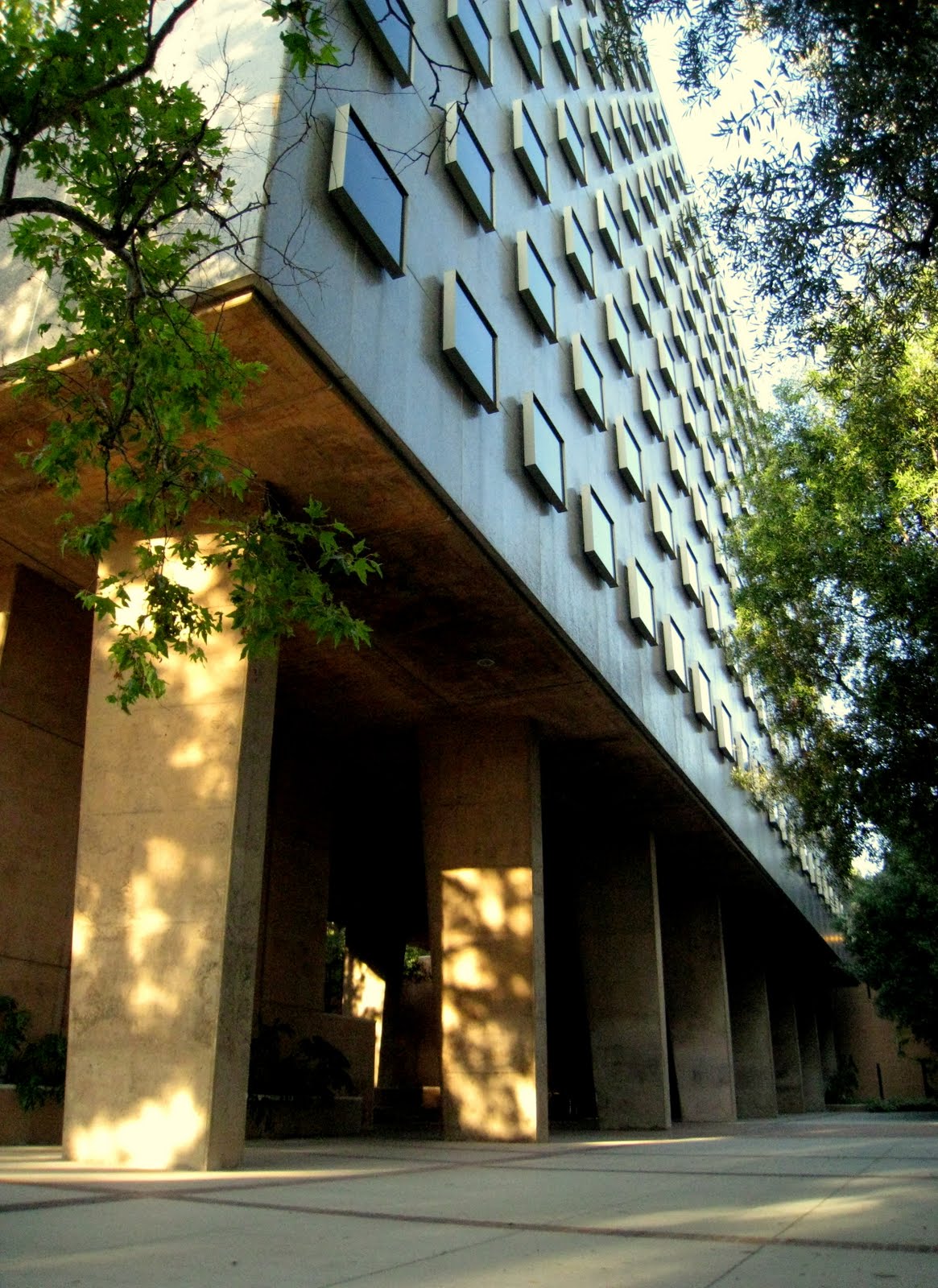melinarDESMA9
Vesna’s “Third Culture: Being in Between” and C.P. Snow’s “The Two Cultures and the Scientific Revolution” elaborate upon the idea that two different intellectual groups exists: the literary and physical sciences.
Snow acknowledges that these two distinct cultures do not always allow for easy categorizing, as he himself spend time in the day with scientists and moments at night with literary intellectuals. Vesna informs us that these two groups -- science and art -- are fundamentally not meant to be separated. They instead are inspirations of each other, and augment developments.
 |
| Bunche Hall |
 |
| Symbol of Freakonomics |
In the beginning, I always advocated for it to be a South campus leaning field of study. South campus majors tend to garner more respect as their majors are seen as more difficult, but ultimately more rewarding post college. North campus majors are on the other end of that spectrum, and have the stereotype of the “artist” or “wanderer,” with less hard wrought direction post graduation.
I’m beginning to think that that’s not the case -- and that difficulty is much more subjective that I have previously believed. I think I should strive to capitalize on the union of North campus and South campus instead of restrict myself to the bubble of math and numbers. It’s the intersection that is more valuable, and as Bohm points out, the difference of an innovator is in his inclination to be original in the face of standardness.
 |
| Scene from Good Will Hunting |
Sources:
Bohm, D. “On Creativity.” Leonardo 1.2 (1968): 137. Print.
Graham-Rowe, Duncan. “John Brockman: Matchmaking with Science and Art.” Wired. United Kingdom, 2011. Print.
Snow, C.P. “The Two Cultures and the Scientific Revolution.” Cambridge UP. New York, 1959. Print.
Vesna, Victoria. “Toward a Third Culture: Being in Between.” Leonardo 34.2 (2001): 121-25. Print.
Wilson, Stephen D. “Myths and Confusions in Thinking about Art/Science/Technology.” College Art Association Meetings. New York, New York, 2000. Print.
Unknown. Healthy Tipping Point. 2012. Web. http://www.healthytippingpoint.com/wp-content/uploads/2012/02/ApplesOranges-300x300_thumb.jpg?7a7d0e
Unknown. Philosophy Now. Web. https://www.lightworkersworld.com/wp-content/uploads/2012/03/great-scene-from-good-will-hunting.jpg
Unknown. UCLA Las GSA. 2012. Web. https://uclalasgsa.files.wordpress.com/2012/09/bunche-hall.jpeg
This comment has been removed by the author.
ReplyDeleteI also talked about the physical separation between North and South campus majors in my post and agree that usually the North campus majors are looked down upon. I think that as majors like yours or Business become more popular the third culture will become more evident because they neither are North or South. In addition, with new technology I find that more South campus majors to look at the art in nature to find answers which also helps bridge the gap.
ReplyDelete